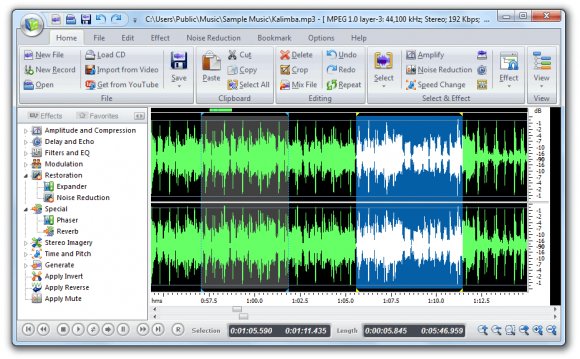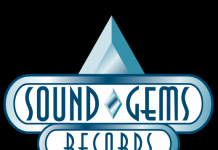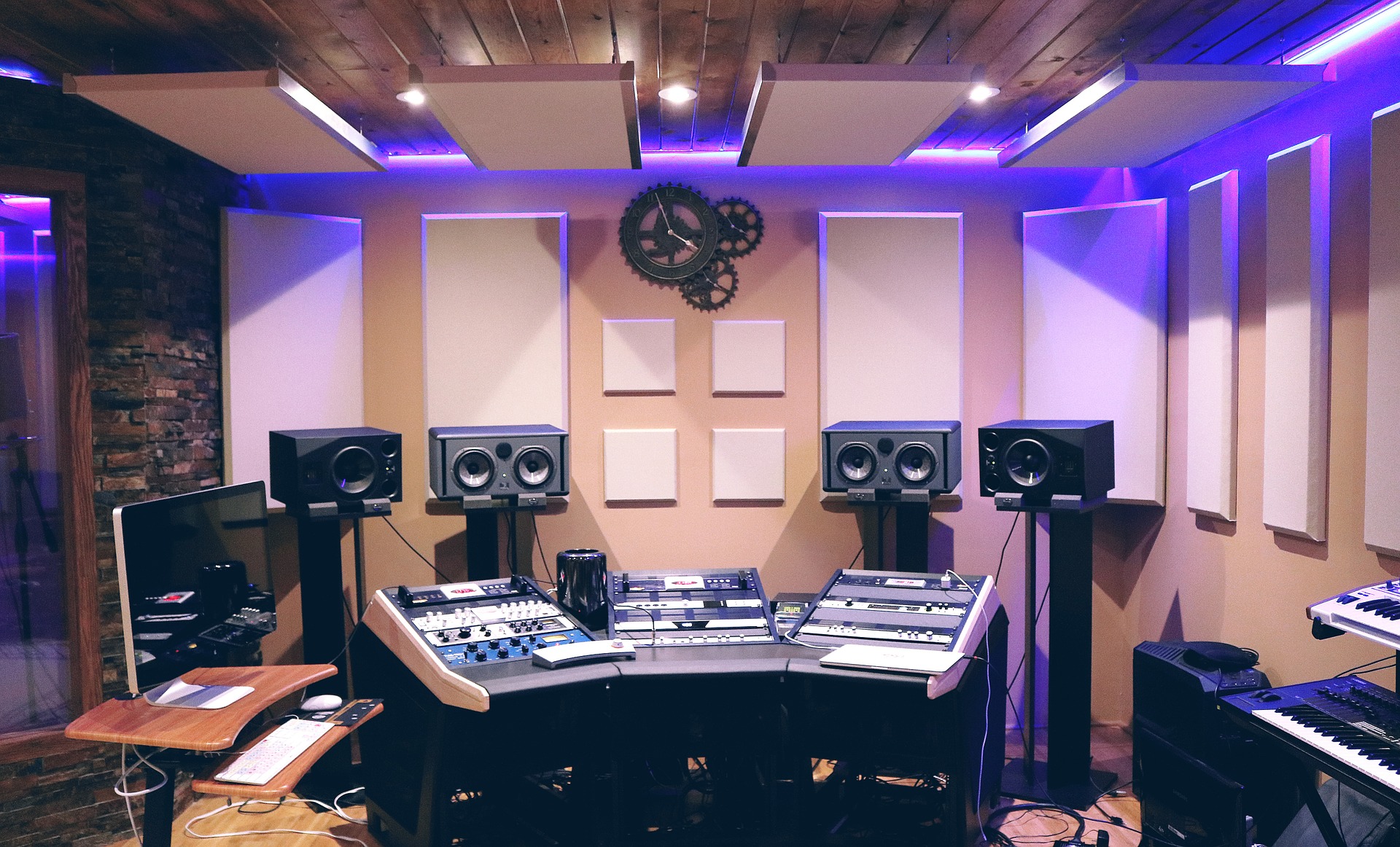All my evidence is anecdotal, but I’m continually surprised by how little people who are under 30 understand about the nature of sound. As consumer electronics have done a better job keeping the details of music reproduction “under the hood” (especially with iPods and laptops), many listeners have lost contact with how the music goes from its source (digital files or analog LPs) to actual sound moving through the air. Does it matter? Not at all. I don’t see people enjoying music any less. But for someone who has long been interested in the nitty gritty of sound, the changes are worth noting.
As a high-end-audio-obsessed teenager growing up in the 1980s, I regularly read magazines like Stereophile and Audio. It was near the beginning of the CD era, and these publications were grappling with a big question: Do CD players really sound different? If you’re talking turntables and cartridges- devices meant to extract sound from tiny grooves and which involve a tremendous amount of physics- it made perfect sense that two set-ups would produce noticeably different results. But hi-fi magazines had trouble with CD players because when two machines are extracting the same patterns of 1s and 0s, there was a real question of whether they could be distinguished.
One thing that was not in question, especially in the early days, is that CDs sounded better than LPs. Hi-fi magazines, especially then, were notorious for their number-crunching. Reviews of gear would include graphs that showed the frequency range of the sounds produced, measurements of things like channel separation (how much the information from the two stereo channels could be kept isolated from each other), signal-to-noise ratio, and dynamic range (the difference between the softest and loudest sounds the source was capable of reproducing). And every possible measurement of the sounds- which are, after all, vibrations in the air that are quantifiable- suggested that CDs were superior to LPs. There were still some holdouts, especially among those who had spent thousands of dollars on turntables, but the consensus was that CDs had gone a long way toward “solving” sound.
Of course, when you listen in on casual discussions of sound in 2013, you often hear that “LPs are back” because they “sound better.” This has happened, in part, because “digital audio” is now considered as a monolith. In the time that the dominance of CDs started to erode around the turn of the millennium, we’ve come to understand the wide range of how mp3s can sound- how cymbals on a circa-2002 128k mp3 sound like a pixelated wash compared to a 320k mp3, for example. But since these low-quality files were thrust upon people in the name of convenience and file size, certain associations regarding digital audio as a whole began to develop among a subset of record connoisseurs. For some, “mp3s are cheap and bad” turned into “digital audio is cheap and bad compared to LPs.”
One of the often overlooked facts about LP reproduction is that some people prefer it because it introduces distortion. The “warmth” that many people associate with LPs can generally be described as a bass sound that is less accurate. Reproducing bass on vinyl is a serious engineering challenge, but the upshot is that there’s a lot of filtering and signal processing happening to make the bass on vinyl work. You take some of this signal processing, add additional vibrations and distortions generated by a poorly manufactured turntable, and you end up with bass that sounds “warmer” than a CD, maybe- but also very different than what the artists were hearing in the control room.
There is a strong suspicion in the audiophile community that LP reissues are commonly mastered from a CD source. What this means is that, instead of traveling to a record label’s tape vault, finding the original master tapes and a machine that can play them, and going through the painstaking and expensive process of transferring that tape to a mastering disc in order to press LPs, the starting point is actually a CD. And the LP pressing is essentially an inferior copy of that CD. In these cases, the “warmth” you associate with the vinyl record is completely up to the distortions added by the playback process.
Is this a terrible thing? Not at all. For one, a properly mastered CD is still capable of very good sound quality. But the other part of it is that the experience of listening to an LP involves a lot more than remastering and sound sources. There’s the act of putting a record on, there is the comforting surface noise, there is the fact that LPs are beautiful objects and CDs have always looked like plastic office supplies. So enjoying what an LP has to offer is in no way contingent on convincing yourself that they necessarily sound better than CDs.
Few aesthetic experiences are as subjective as sound. When an iPhone has a retina display with more pixels per inch, you notice it. But what we desire in sound is much more of an individual thing. Some people want “accuracy” and some people want a lot of bass; some people only care that it’s loud enough. Plus, we’re very good at fooling ourselves when it comes to making distinctions between sounds. At this point, you have your computer or your mp3 player/smart phone, you plug headphones into these devices, and you listen to what comes out. The tangle of variables behind a vintage stereo system has largely been boiled down to: What kind of headphones am I using? The small differences between sources of sound reproduction are, for most people, pretty hard to differentiate, and wholly personal.








